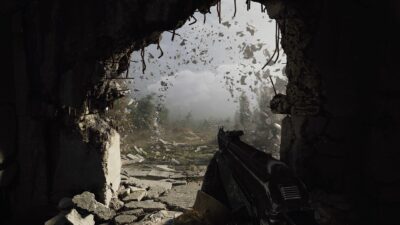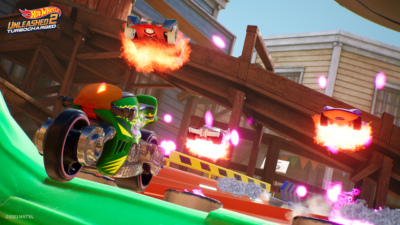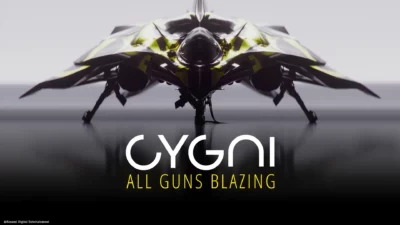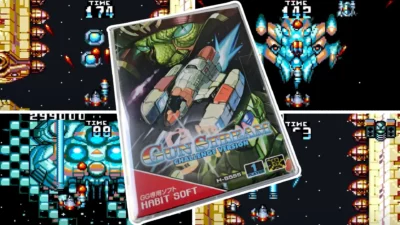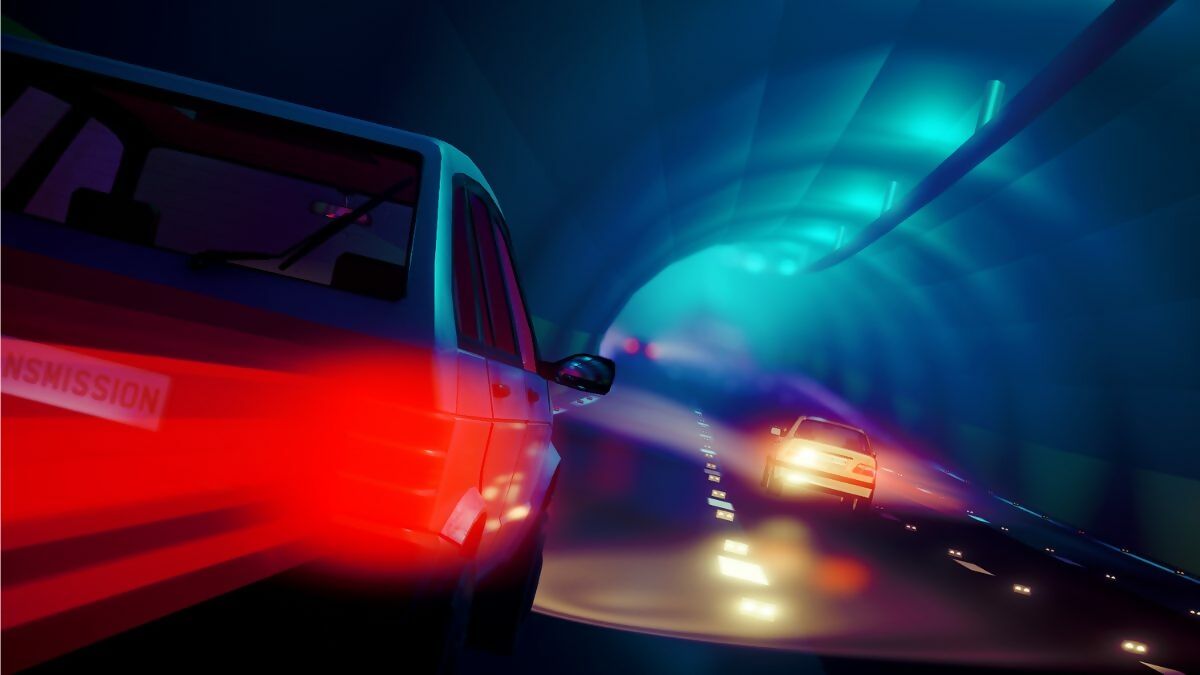
Think about the driving genre, and things like fast reactions and split-second decisions tend to spring to mind. Even an old classic like Sega’s OutRun, which is about the fantasy of driving an Italian sports car on a sunny day, asks players to hit a checkpoint before the time runs out. Sea Green Games developer Jon Dadley’s forthcoming driving game Transmission, meanwhile, has a very different philosophy behind it. While Sega’s arcade racers are influences – the game’s even set in 1986, the very year OutRun came out – Transmission is, Dadley says, meant to be calm and soothing where those games were fast-paced and frenetic.
“There’s a lot of different inspirations for the project,” Dadley tells us, “but the key it revolves around are memories of being driven along the motorway at night with my family when we were going on holiday. That’s responsible for the aesthetic, atmosphere and setting.”
“Euro Truck Simulator meets Jalopy on a rainy eighties summer night”
The premise is that you’re a courier, tasked with driving the highways of a city at night, collecting packages from customers and delivering them to the appropriate destination. In this respect, Transmission is a bit like another Sega classic, Crazy Taxi (Dadley once dubbed his work-in-progress ‘Cozy Taxi’), in that there are items to be taken from one point to the next, optimum routes to navigate, and penalties for late deliveries. The difference here, though, is in the overall pace and tone; you’ll drive to a mellow synth soundtrack, rather than something spiky ground out by a guitar band like The Offspring; this is complemented by the imagery, which is all shimmering city skylines and neon streaks from car tail lights.
There’s a hint of wistfulness to Transmission’s sights and sounds: the distinctive tick-tick of indicators and angular dashboard immediately evoke the boxy hatchbacks of the eighties. In fact, a certain percentage of Transmission’s challenge springs directly from its setting: sat-nav is still years away, so you’ll have to navigate your way from one point to another by reading signs and old-fashioned road maps. A handy slow-motion button will help with this: triggering it will give you a few extra seconds to read a road sign as it whizzes past.
Master your routes and get your packages delivered on time, and you’ll be able to use your income to build a courier empire. Cash can be spent on upgrades for your car, or if you’re feeling really flush, you can hire staff and open up new branches elsewhere on the map, allowing you to tackle other, more lengthy delivery jobs. It all goes into an experience that Dadley describes as “Euro Truck Simulator meets Jalopy on a rainy eighties summer night.” What might come as a surprise, though, is that Dadley isn’t a driver himself.

Transmission makes cunning use of lighting effects and depth of field to create the illusion of a huge city at night
Cruise control
“Getting the car handling to feel right has been extremely tough,” Dadley explains. “I don’t actually drive myself, so it’s not something I have an innate knowledge of. Secondly, I don’t really play racing games, so again, I don’t have that built-in knowledge of how a car game should ‘feel’. That said, Transmission isn’t a racing game, so I’ve made the handling feel more impressionistic – it’s heavy and weighty, reflecting the relaxed feel of the game; it’s not a twitchy racer. Luckily, I’ve made some friends who have experience working on some huge driving franchises like Forza Horizon who’ve helped me get the feeling right.”
With a 10-year background in software engineering and design, Dadley has plenty of experience in the sometimes fraught process of making triple-A games. But when working as a solo dev – albeit with friends who’ve helped with things like music, 2D art and writing – Dadley stresses the importance of staying focused on a central game concept.
“It’s very seductive to think your latest idea is the key, but that leads to feature creep and a messy, incoherent project that never ships,” Dadley says. “More practical, especially as a solo dev, is to have a core of a few systems or ideas that serve what you want the player to feel. I try and relate everything I add to Transmission back to the idea of making the player feel relaxed and cosy. If I have an idea that doesn’t fit that central design pillar, it’s generally thrown out.”
Dadley began working on Transmission just under a year ago, and he’s cannily worked out a number of ways to help keep the project manageable. How, for example, does a solo developer go about creating the illusion of a 1980s skyline, without a huge budget?
“Smoke and mirrors are essential when you don’t have the resources to make something on the scale of GTA V,” Dadley says. “One of the reasons the game makes such heavy use of depth of field and has a night setting is that it allows me to be more impressionistic. Glowing lights on the horizon create a convincing impression of a city without the need to build them. The player fills in the gaps in their head.” And while Dadley’s used Unity as a basis, he’s also had to come up with a few bespoke solutions when creating his sprawling map.
“It would be super-time-consuming to name each city, town and road in the world and then create road signs for every road junction. So I built a set of tools to procedurally generate location names and then create the textures for each road sign to correctly point to them all.”
At the time of writing, Dadley still has about 18 months of development left, but already, Transmission looks refreshingly different: a driving game designed to calm the nerves rather than set them racing.

Customising your car, gradually turning it from a run-of-the-mill hatchback to a miniature hot rod, will play a major role in the game
The benefits of Twitter
It can be lonely at times as a solo developer, but for Jon Dadley, Twitter’s been essential – not only in terms of talking to like-minded designers, but as a sounding board for new ideas. “I spent a few months developing a series of prototypes and posting videos on Twitter,” Dadley says. “None really got a reaction until my first video for Transmission. That blew up and gained a tonne of attention. Straight away, I knew it had to be my next project – there was something there people connected with.
“I’d definitely recommend using Twitter as a sounding board for prototype ideas. Try and keep videos short and to the point – get to the juicy, flashy heart of what you’re showing as soon as possible. People are scrolling through their feed and aren’t going to hang around.”


